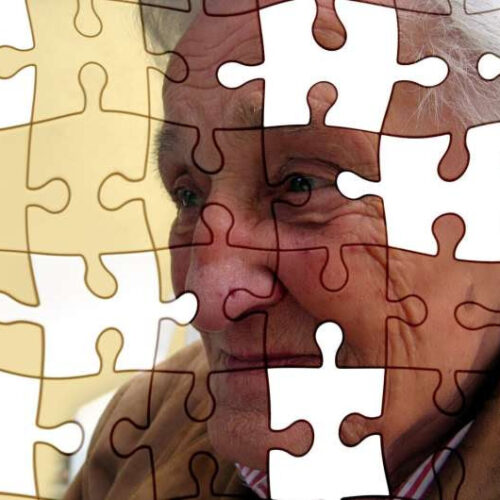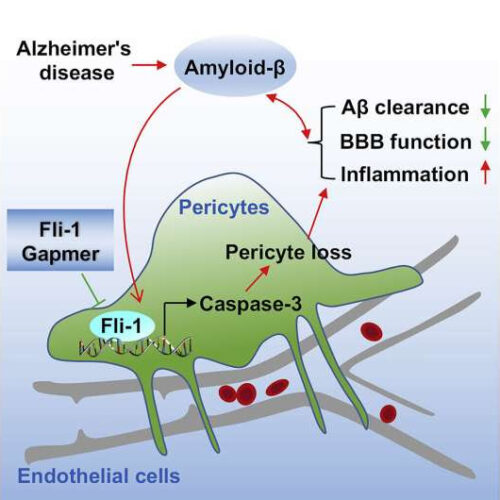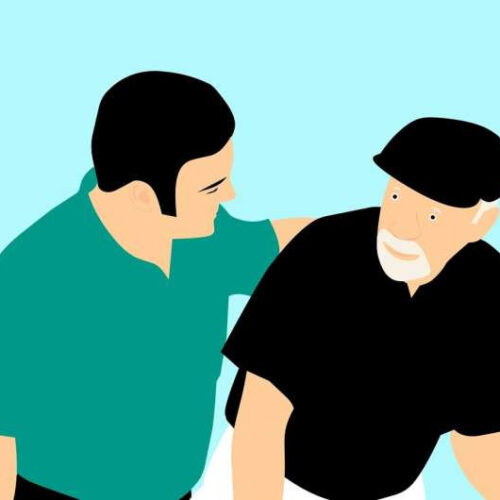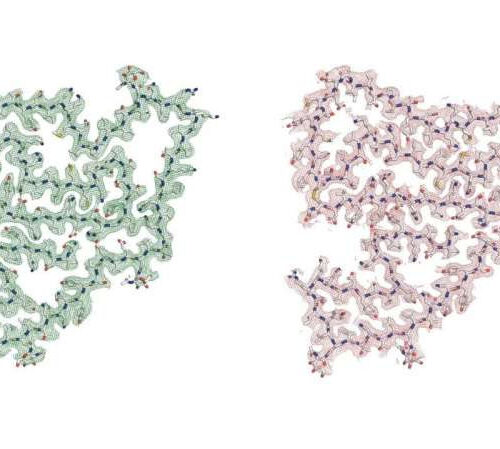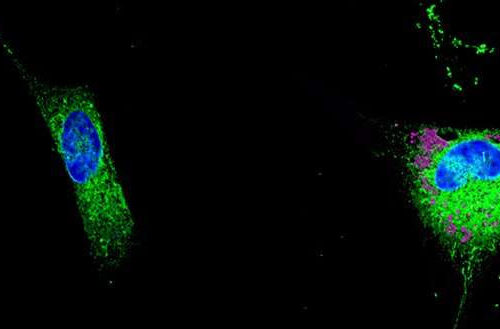Reviewed by Emily Henderson, B.Sc. Mar 18 2022 An international group of researchers led by the UAB analyzed the genes that are expressed in neurons and astrocytes based on data from 800 individuals and compared what happens in Alzheimer’s patients and in people without diagnosed dementia. The study, published in Neurobiology of disease, highlights the...
Category: <span>Alzheimer’s</span>
Alzheimer’s: Protective immune cells active decades before symptom onset
by German Center for Neurodegenerative Diseases Credit: Pixabay/CC0 Public Domain In individuals with a genetic predisposition to Alzheimer’s disease, the immune cells of the brain—the “microglia”—start exerting a protective effect up to two decades before the first symptoms appear. A team from Deutsches Zentrum für Neurodegenerative Erkrankungen (DZNE) and Ludwig-Maximilians-Universität (LMU) München draws this conclusion...
Researchers find a ‘vicious cycle’ between excessive daytime napping and Alzheimer’s dementia
by Brigham and Women’s Hospital Credit: Unsplash/CC0 Public Domain Daytime napping is common among older adults. The longitudinal relationship between daytime napping and cognitive aging, however, is unknown. A new cohort study by investigators from Brigham and Women’s Hospital found a bidirectional link between the two: excessive daytime napping predicted an increased future risk of...
Alzheimer’s pathology, not cognitive decline, drives neuropsychiatric symptoms
ELSEVIER Philadelphia, March 16, 2022 – Alzheimer’s disease (AD) eventually leads to severe cognitive decline, but most affected individuals also develop distressing neuropsychiatric symptoms. These earlier effects may be more subtle and are not well understood; it remains unclear whether they arise directly from AD pathology or secondarily as psychological reactions due to the cognitive deficits. Now, a...
Clearance of Senescent Cells is a Promising Approach to the Treatment of Alzheimer’s Disease
Today’s open access review discusses the growing burden of cellular senescence with age in the context of brain tissue and neurodegenerative disease. Cells become senescent constantly throughout life, largely the result of ordinary somatic cells hitting the Hayflick limit on replication, but also, and increasingly with age, due to a stressful, damaging, inflammatory environment. Senescent cells serve a useful purpose when present...
Suppression of Fli-1 protects against pericyte loss, could be new therapeutic target for Alzheimer’s
by Kimberly McGhee, Medical University of South Carolina Graphical abstract. Credit: Molecular Therapy (2022). DOI: 10.1016/j.ymthe.2022.01.023 Alzheimer’s disease is an enormous problem that, with an aging population, will only become bigger. More than 6 million Americans are living with Alzheimer’s disease, and 1 in 3 seniors will die of it, according to the Alzheimer’s Association. By 2050,...
Damage to inner ear system predicts fall risk among people with Alzheimer’s disease
by Johns Hopkins University School of Medicine Credit: Pixabay/CC0 Public Domain A Johns Hopkins Medicine study of about 50 people with Alzheimer’s disease has added to evidence that damage to the inner ear system that controls balance is a major factor in patients’ well-documented higher risk of falling. Overall, the researchers say, their study found...
Study suggests possible common thread between many neurodegenerative diseases
by Columbia University A key fragment of the protein TMEM106B, several atomic models of which are shown here, can stack into single or twinned types of fibrils. Credit: Andrew Chang and Anthony Fitzpatrick / Columbia University’s Zuckerman Institute / Cell Take a cell-deep tour of a brain afflicted with Alzheimer’s disease, and you will find minuscule...
Women are more susceptible to Alzheimer’s Disease: new evidence
CHINESE ACADEMY OF SCIENCES HEADQUARTERS Epidemiological studies have shown that women are twice as likely as men to develop Alzheimer’s disease (AD), but the cause of this phenomenon has been unclear. Now, however, a study led by Prof. Keqiang Ye from the Shenzhen Institute of Advanced Technology (SIAT) of the Chinese Academy of Sciences provides...
The role of lipids in the development of Alzheimer’s disease
by University of Geneva Left: normal astrocyte able to destroy toxic lipids produced by neurons. Right: an astrocyte that stores lipids in droplets (pink) and starts secreting toxic lipids in the surrounding tissue. Credit: UNIGE / A.-C. Gavin Neurons in the brain coexist with and rely on many other cell types to function properly. Astrocytes, which take their name from their star shape, ensure the survival...

